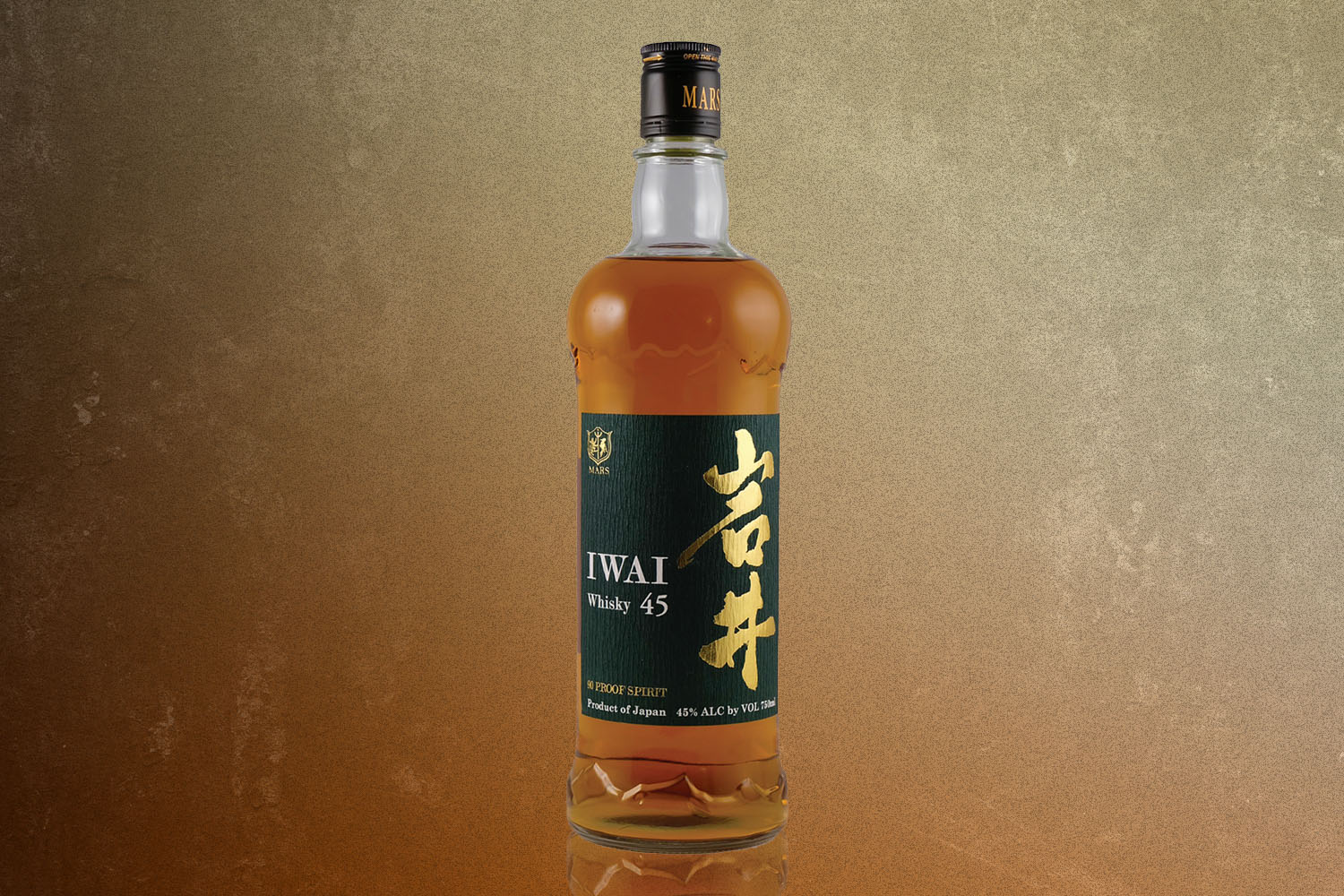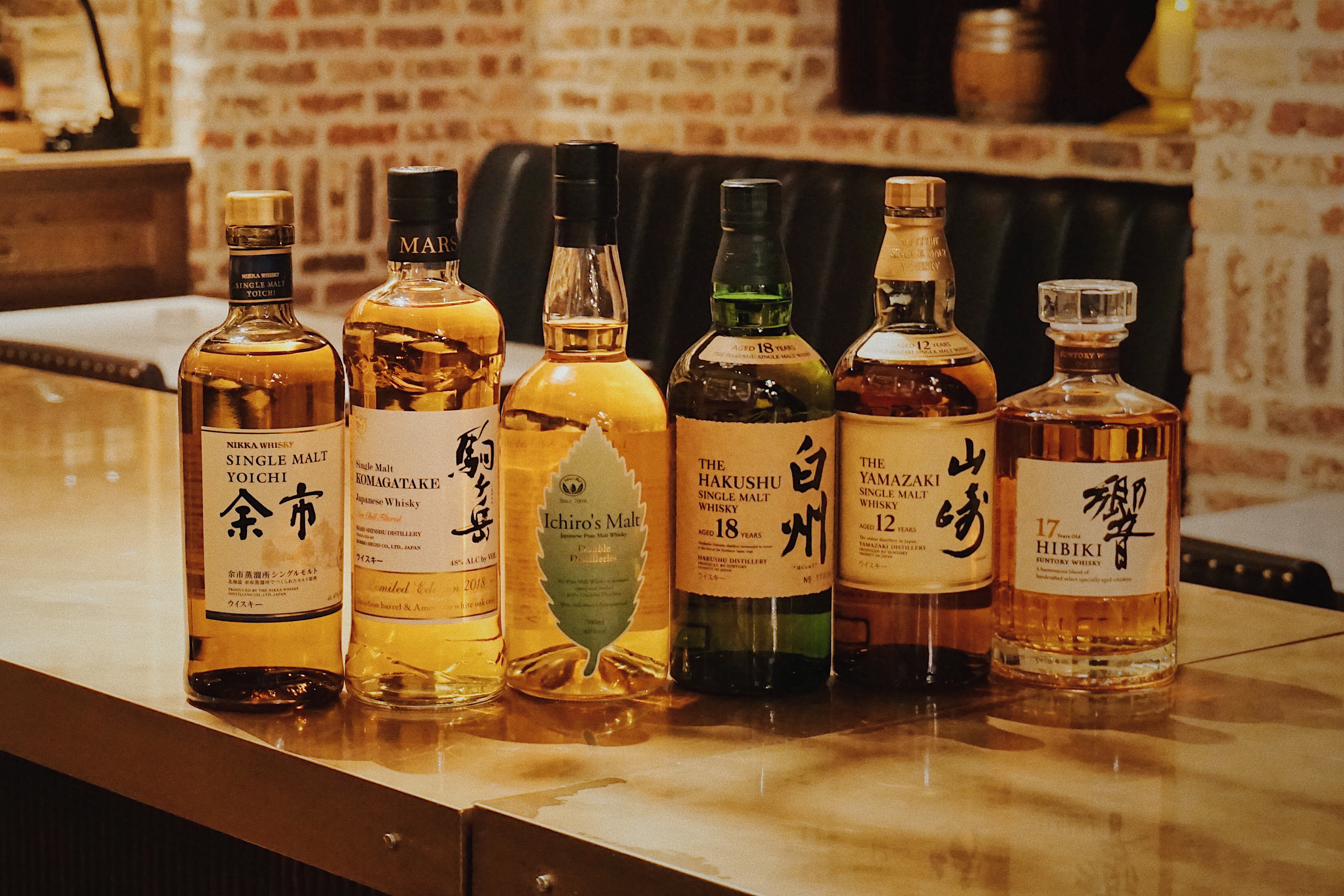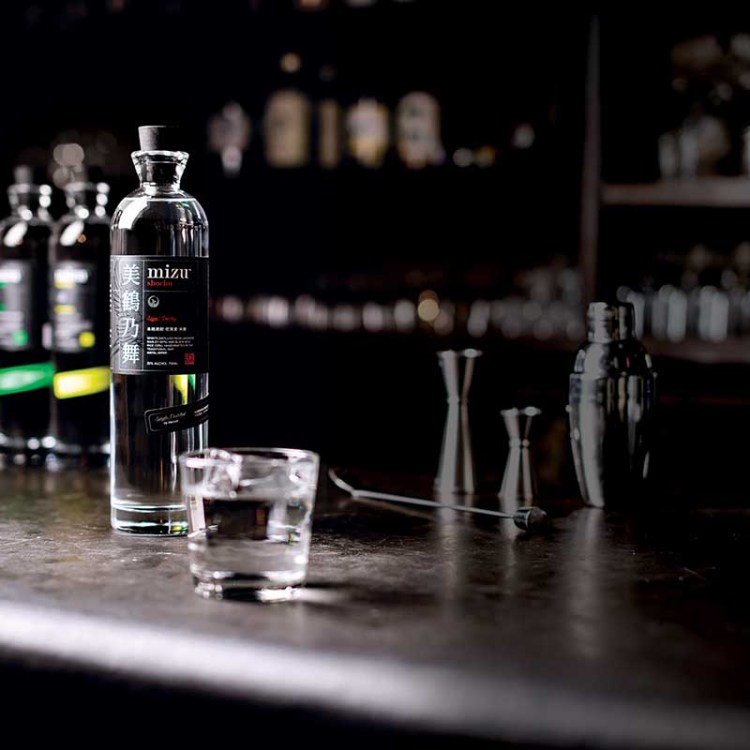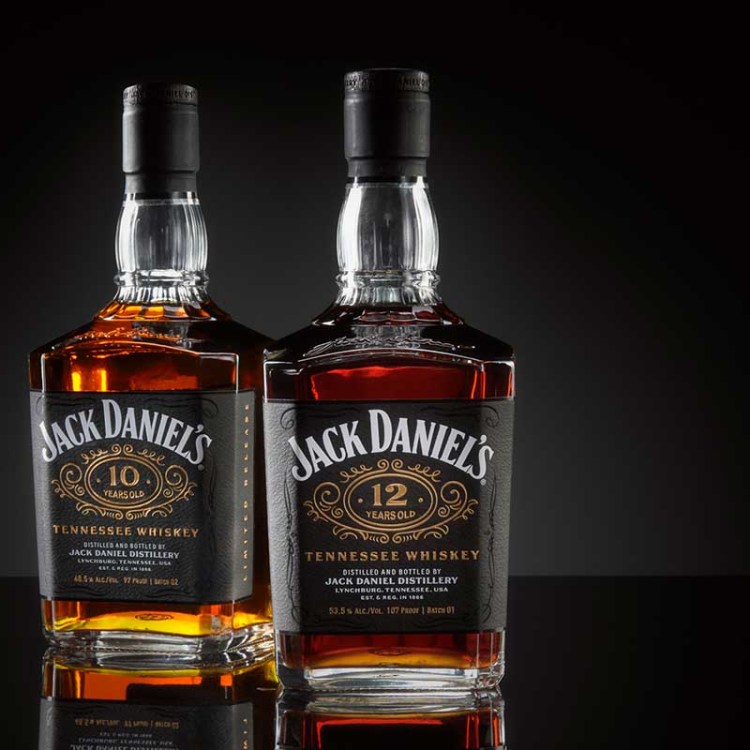“There’s a lack of regulation when it comes to Japanese whisky,” Kris Elliott, co-founder of importer High Road Spirits, told us the other week. “You can basically pour brown color into a vodka. And there’s very few whiskies tied directly into a distillery. And a lot of what is out there is just Scotch relabeled.”
To be fair, the industry did initially learn its whisky craft from Scotland. But as Japanese whisky as a category has boomed, bulk imports from Scotland have increased four-fold between 2013 and 2018.
Elliott was hoping we’d get new regulations by spring. Thankfully, the season seems to have arrived early: The Japan Spirits and Liqueurs Makers Association has just announced new labeling standards, with the process starting on April 1 and compliance required by the end of March 2024.
The new standards arrive nearly 100 years after commercial whisky production started in Japan. However, laws regulating whisky in that country only really started in the 1950s, and even then they were more about how the government collected duties. As well, the country is known for its blending techniques, which can and does include utilizing whiskies from other countries.
As a statement from the Association noted: “It is unfortunate … that in recent years there have been cases where brands that only use imported foreign whiskies being sold as ‘Japanese whisky’ and cases where brands that do not meet the qualification of ‘whisky’ under the Japanese liquor tax law being sold as ‘whisky’ in other countries, sowing confusion among consumers.”
To be labeled Japanese whisky, or “whiskey,” the following guidelines must be met:
- Raw ingredients must be limited to malted grains, other cereal grains, and water extracted in Japan. Malted grains must always be used.
- Saccharification, fermentation and distillation must be carried out at a distillery in Japan. Alcohol content at the time of distillation must be less than 95%.
- The distilled product must be poured into wooden casks not exceeding a capacity of 700 liters and matured in Japan for a period of at least 3 years thereafter.
- Bottling must take place only in Japan, with alcoholic strength of at least 40% as of such time.
- Plain caramel coloring can be used.
As well, Japanese whisky brands that do not meet these standards cannot use labeling that evokes Japanese cities, people, events or other places or ideas associated with the country.
The first victim in this? Nikka, which has several blends that do not currently meet the new criteria. The brand says it intends to follow the new regulations and has already put up disclaimers on some of their releases noting that they do not meet the upcoming Japanese whisky guidelines.
Thanks for reading InsideHook. Sign up for our daily newsletter and be in the know.

















